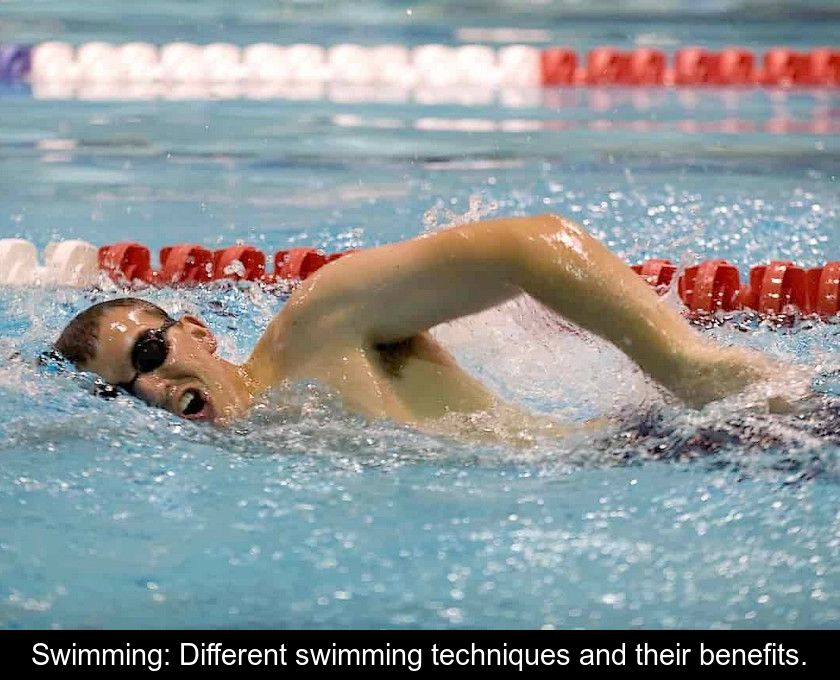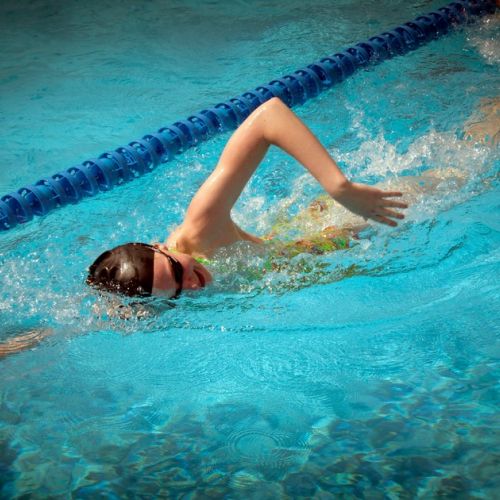Swimming: Different Swimming Techniques And Their Benefits.
At any age, swimming is an excellent sport for health. But in order to benefit from its advantages and avoid injury, one must perform the correct technical movements. Here are some practical tips to improve technique in different swimming styles.
Breaststroke swimming
Breaststroke is often the first swimming stroke that one learns. While it is known as the easiest, it is not limited to "frog-like" movements.
To improve your technique, don't forget the following points:
• Your arm and leg movements should be symmetrical, meaning identical and simultaneous on both sides.
• The movement of both arms should be done in the water without surpassing the shoulder line.
• Breathing should be coordinated with your movements: when pulling your arms, lift your head out of the water to inhale, then exhale in the water when extending your arms.
• At the end of the movement, pause with your arms together and your body well aligned.
When performed correctly, breaststroke is a very comprehensive swimming stroke that develops the muscles of the arms, shoulders, thighs, and buttocks.
It primarily engages the muscles of the lower body, as 70% of the propulsive force comes from the legs, making it an endurance sport beneficial to the cardiovascular system.
Caution: This stroke is not recommended for individuals with lower back pain or joint problems in the hips and knees.
Swimming backstroke
The backstroke not only strengthens the back and loosens the shoulders, but also corrects excessive spinal curvatures such as lordosis and kyphosis.
Like all backstroke swimming techniques, this technique facilitates breathing as exhalation occurs without obstruction.
To improve your swimming technique, keep in mind the following points:
• Your arms should follow a circular trajectory, first out of the water and then in the water: your hand exits the water at the level of your thigh and extends behind your head before entering the water and returning to its starting point.
• Rotate your hand to enter the water with your pinky finger, palm facing outward.
• Exhale through your mouth and nose as your arm enters the water and while it is in the water; inhale as your arm rises and exits the water.
To swim straight, remember to brush your ears with each arm movement and kick consistently just below the surface of the water.
Provided you are well positioned (with your body stretched out and flat on the water's surface), this stroke relieves back pain and corrects poor posture such as hunched or overly arched backs.
Swimming freestyle
The crawl is the quintessential swimming technique. More difficult to master than the previous ones, this stroke requires good shoulder flexibility and coordination between the arms, legs, and breathing.
To improve your crawl technique:
• Lie down with your head submerged, extend one arm in front of you with your hand flat, then push your hand into the water halfway until it reaches your thigh; keep your hand turned backward until your arm exits the water
• Your hand should always stay in line with your shoulder and not veer off to the side
• Kick your feet with your legs fully extended; you should not bend your knees
• Keep your body aligned and elongated on the water, including your head (except when taking a breath)
• To inhale, turn your shoulders and head to the side but keep your hips straight
• You can breathe every 2 strokes (always on the same side) or every 3 strokes (alternating between right and left).
The crawl has the advantages of sculpting the entire body and developing respiratory capacity, as this stroke requires you to synchronize your movements and breath. If you are having trouble mastering the breathing technique, you can use a snorkel initially to enjoy the other benefits of this stroke.
Doing the plank
Even though it is not strictly speaking a swimming technique, the plank also has health benefits. Doing the plank helps combat fear of water by making beginners aware of their buoyancy abilities.
Just like backstroke, the plank helps improve posture and realign the back. Practiced with arms and legs spread apart (like a starfish), it provides an ideal anti-stress position for relaxing in the water and recovering from cramps!
To learn more about these different swimming techniques, you can consult the website below.








